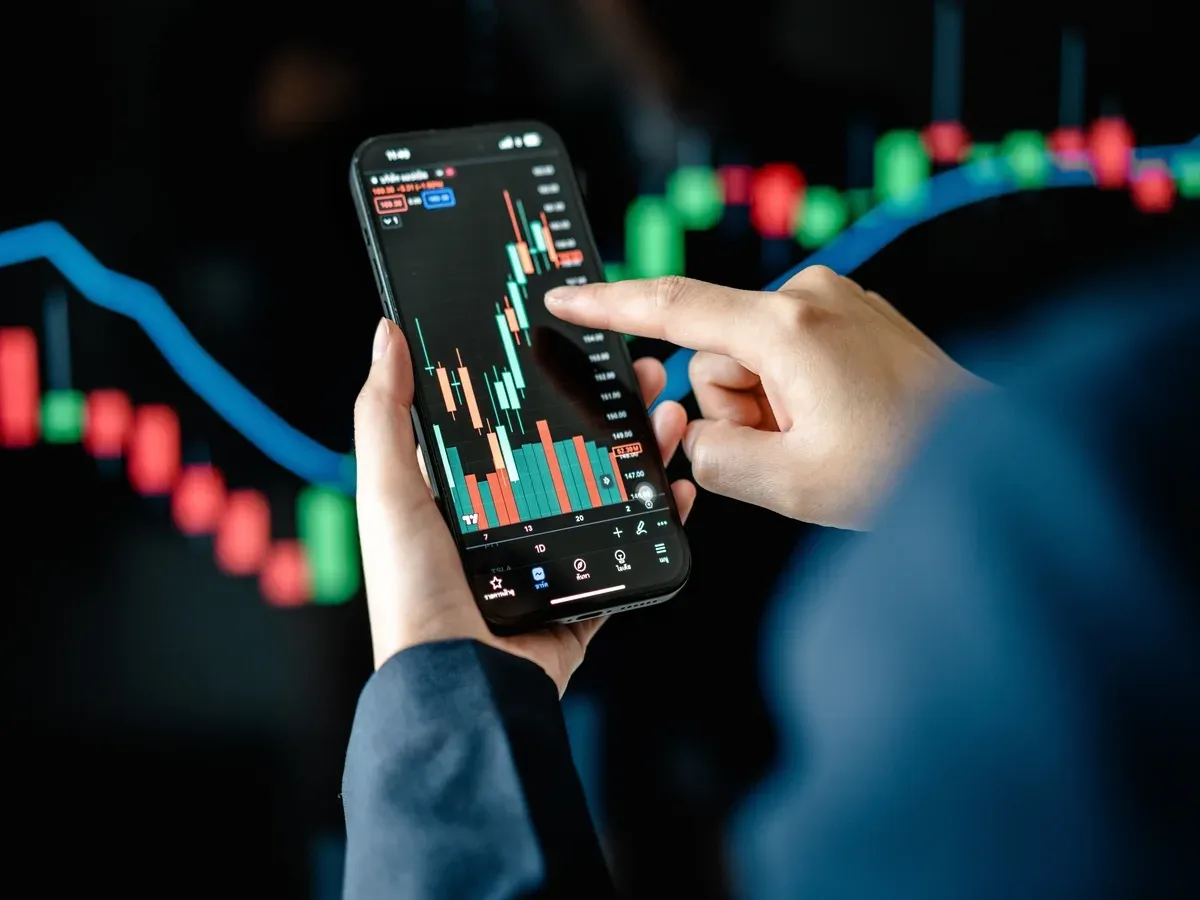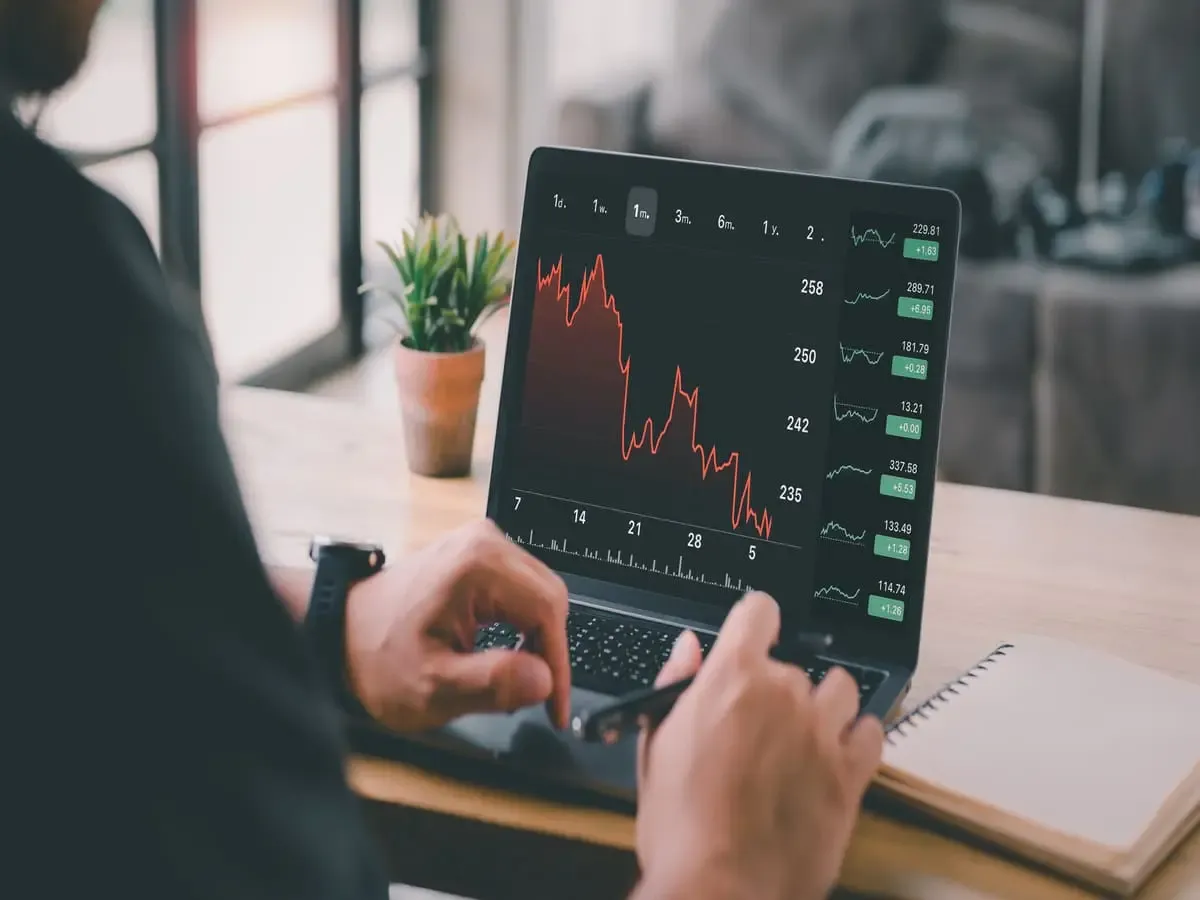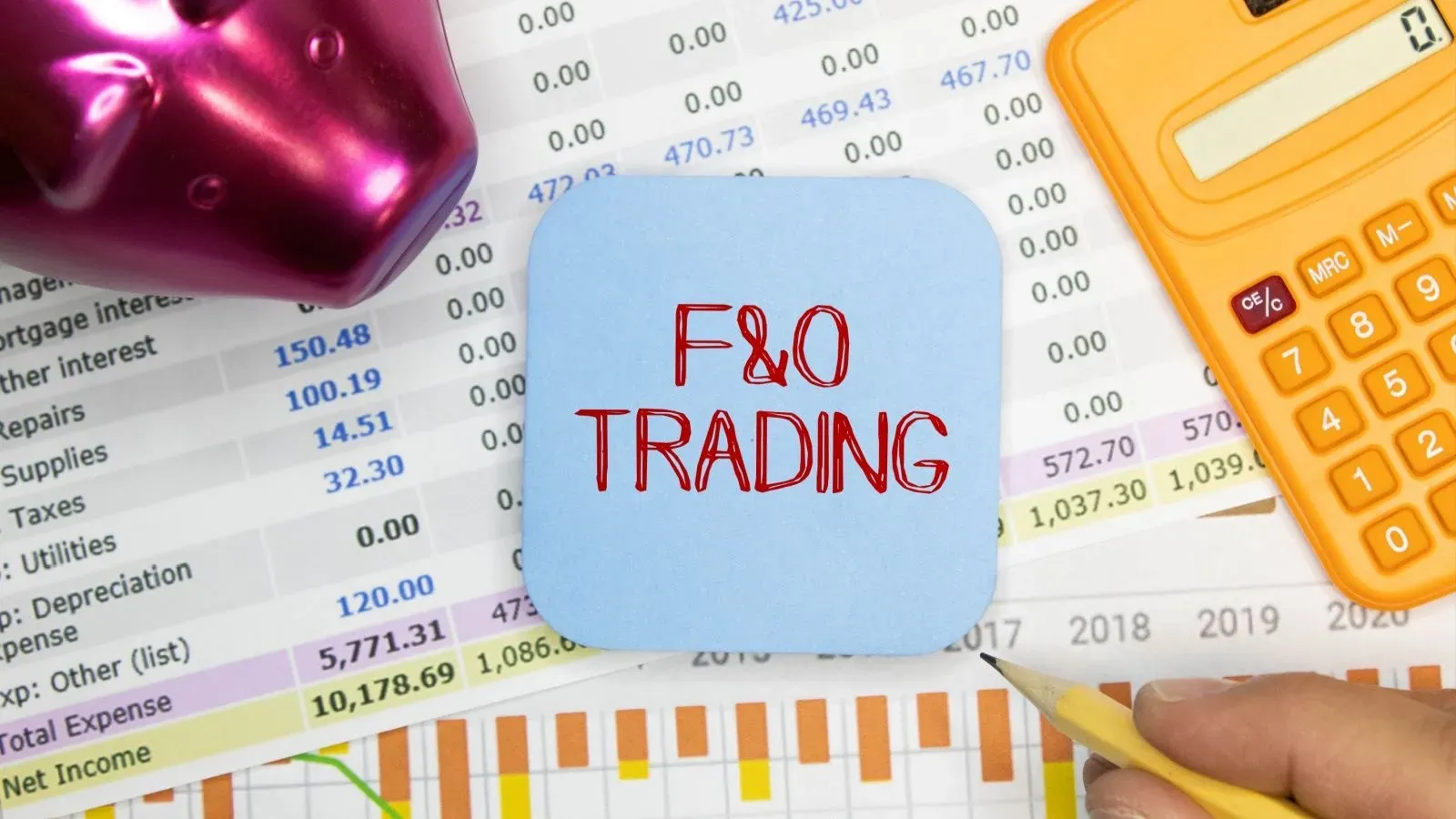Top 6 functions of derivatives market in an economy
Written by Upstox Desk
Published on July 31, 2025 | 5 min read

Summary:
Derivatives markets are the most fundamental component of modern economies ensuring financial stability, efficiency and growth. They are helping businesses manage risk, enhance liquidity, optimize capital allocation and provide investment opportunities. Derivatives markets support the global economy responsibly and effectively, considering the right risk management practices are deployed.
A derivative is a contract whose value is derived from the performance of an underlying asset, index, interest rate, or other financial variables. Think of it as a multi-purpose tool within the financial markets that can be used to hedge against risk, speculate price movements, and manage investment portfolios.
Derivatives markets play a pivotal role in modern economies. They offer a wide variety of financial instruments that can efficiently dodge or combat risks and allocate capital. Imagine you are an airline company troubled by the skyrocketing oil prices and desperately need an optimum way to anticipate volatilities and ensure stability. You can use derivatives to lock in fuel prices for the future, which will reduce the uncertainties from fluctuating oil costs.
Over the past few decades, these markets have become more dynamic, contributing significantly to the stability and efficiency of financial systems. In this blog post, we will delve into the major functions of derivatives markets in an economy and explore why they are essential for businesses, investors, and the overall health of financial markets.
Before we do that, let’s learn about the different classes and types of derivatives.
An overview of derivatives markets
Classification of derivatives: Derivatives are classified into two types:
-
Over the counter (OTC) – OTC is the largest derivatives landscape, where they are traded without an exchange. It involves trading products like forward rate agreements, swaps, and exotic options between hedge funds, banks, and other financial entities privately.
-
Exchange-traded derivative contracts (ETD) – As the name suggests, these instruments are traded in derivatives exchange, an intermediary compatible with all related transactions. Here, buyers and sellers both submit an initial margin of the contract as a guarantee.
Types of derivatives:
- Futures contracts – Agreements done to buy/sell an underlying asset (currencies, stock indexes or commodities) at a fixed price and date.
- Options contracts – Used for hedging, speculating, and managing risks. They give the right but not the obligation to buy/sell an underlying asset at set price on or before expiration date.
- Swaps – Financial contracts between two parties to facilitate cash flows or financial instruments. Includes currency swaps, credit default swaps, and interest swaps.
- Forwards – Customized agreements where two parties agree to buy/sell an asset at a specific price and future date.
- Contracts for difference (CFDs) - Derivative contracts that let traders speculate price movements of different financial assets without owning an underlying asset.
Major functions of derivatives markets
There are 6 major functions of derivatives markets in an economy. These include:
Risk Management
One of the primary functions of derivatives markets is to effectively manage risks. Businesses face multiple risks in day-to-day operations, including currency fluctuations, interest rate changes, and commodity price volatility. Derivative contracts help companies hedge against these risks, drive profitability and ensure stable operations.
Price Discovery
Derivatives offer a platform for traders and investors to express their views on future asset prices. These price signals are critical for investors, as they help assess market sentiment and make informed investment decisions. They also enable efficient allocation of resources by providing real-time insights about market expectations.
Liquidity Enhancement
Derivatives markets significantly enhance market liquidity - the ease with which an asset can be bought or sold without causing a sharp rise/decline in prices. This liquidity benefits both hedgers and speculators. Hedgers can easily find counterparties to take the other side of their trades, while speculators can execute their strategies efficiently.
Capital Efficiency
Derivatives markets promote capital efficiency by increasing the exposure to underlying assets without the need for large capital outlays. Derivatives allow a trader to control a significant position in a stock index by purchasing futures contracts that require only a fraction of the underlying asset's value as margin. This helps you to diversify portfolios and optimize capital allocation.
Risk Transfer
Derivatives markets facilitate risk transfer from those who are less capable of withstanding risk to those who are more risk-tolerant. For instance, an insurance company may use derivatives to transfer the risk of catastrophic events, such as natural disasters or financial market crashes to the broader financial market. This risk transfer mechanism helps mitigate systemic risk, distributing it among a broader pool of market participants.
Speculation and Investment Opportunities
Traders, investors, and speculators can significantly benefit from derivatives markets. Traders can profit from price movements in various asset classes without owning the underlying assets. This ability to speculate on market movements provides a crucial avenue for market participants to express their views and generate returns.
In Conclusion
The derivatives market plays a pivotal role in any modern economy. From risk management, price discovery, and hedging strategies, the market serves as a powerful tool benefiting investors and businesses alike. The major functions of the derivatives market, including risk transfer, speculation, and price stabilization, collectively contribute to run the financial markets efficiently, adding much needed stability to the overall economy. As economies evolve and financial instruments gain sophistication, the derivatives market will remain an indispensable component of the financial system, continually facilitating innovation, liquidity, and resilience in the face of challenges.
About Author
Upstox Desk
Upstox Desk
Team of expert writers dedicated to providing insightful and comprehensive coverage on stock markets, economic trends, commodities, business developments, and personal finance. With a passion for delivering valuable information, the team strives to keep readers informed about the latest trends and developments in the financial world.
Read more from UpstoxUpstox is a leading Indian financial services company that offers online trading and investment services in stocks, commodities, currencies, mutual funds, and more. Founded in 2009 and headquartered in Mumbai, Upstox is backed by prominent investors including Ratan Tata, Tiger Global, and Kalaari Capital. It operates under RKSV Securities and is registered with SEBI, NSE, BSE, and other regulatory bodies, ensuring secure and compliant trading experiences.





















